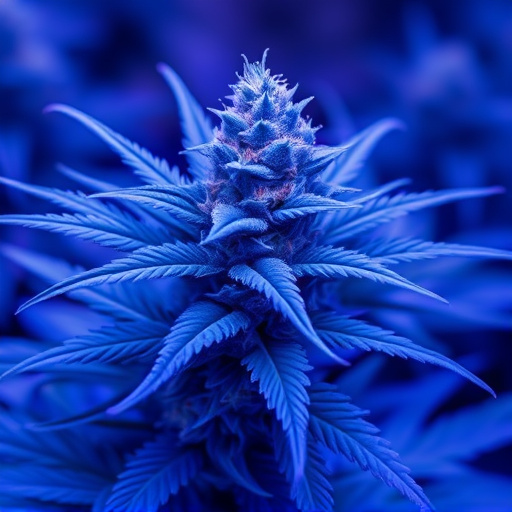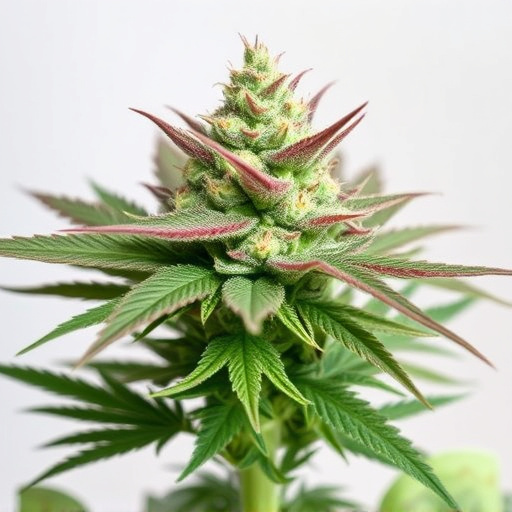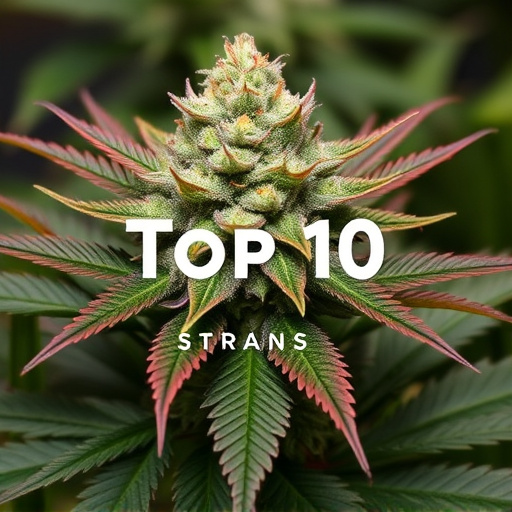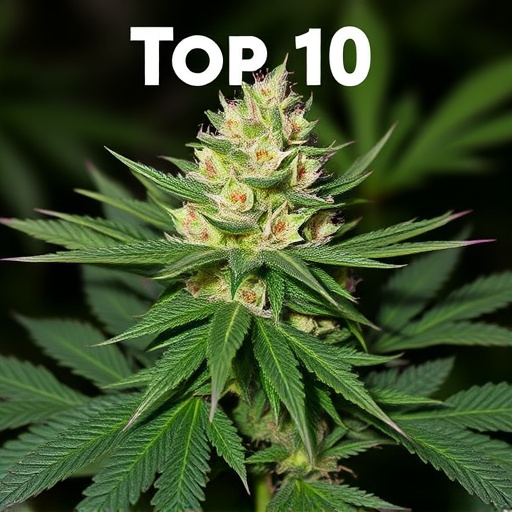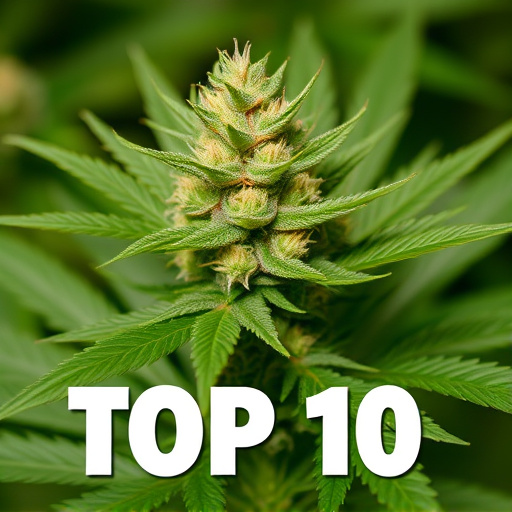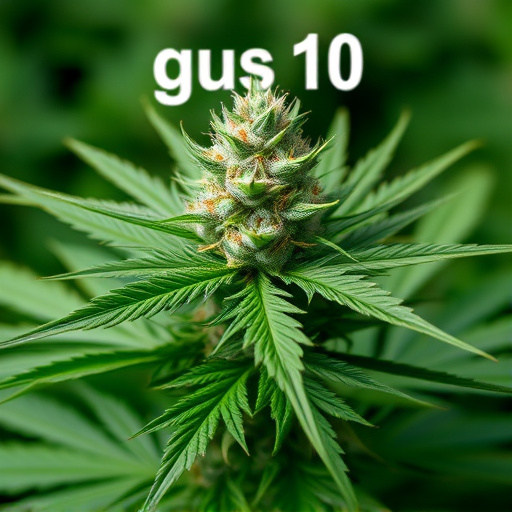Cannabis consumers have two main choices: full-spectrum and isolated cannabinoids. Full-spectrum products, derived from top 10 strains, maintain the natural balance of compounds, offering a holistic "entourage effect" for general wellness benefits like pain relief and sleep improvement. Isolated cannabinoids focus on single compounds like CBD or THC, providing targeted solutions without this entourage effect; for example, CBD for anti-inflammatory and anxiety relief, or THC for psychoactive effects. The choice depends on desired effects and personal needs.
“Unraveling the complexities of cannabinoids, this article delves into the realm of full-spectrum vs. isolated compounds. Understanding these distinctions is pivotal for consumers aiming to harness cannabis’s therapeutic potential.
Full-spectrum cannabis offers a holistic approach, providing a range of cannabinoids, terpenes, and flavonoids, known for their synergistic effects and diverse medical benefits. Conversely, isolated cannabinoids provide pure, concentrated doses of specific compounds, like CBD or THC.
We explore the top 10 cannabis strains renowned for various uses, all emphasizing full-spectrum products. Additionally, this guide dissects the advantages and potential drawbacks of isolates, offering insights into their ideal applications.”
- Understanding Cannabinoids: Full-Spectrum vs. Isolated
- – Definition of Full-Spectrum Cannabis
- – Characteristics and Benefits
Understanding Cannabinoids: Full-Spectrum vs. Isolated
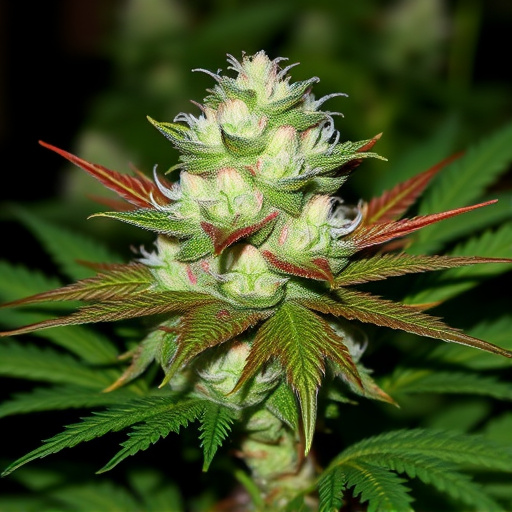
Cannabinoids are the chemical compounds responsible for many of cannabis’ effects on the body and mind, interacting with our endocannabinoid system to regulate various physiological processes. When we talk about full-spectrum and isolated cannabinoids, it’s crucial to understand that these terms refer to how these compounds are extracted and presented in a product.
Full-spectrum cannabinoids include a wide range of natural compounds found in the cannabis plant, such as terpenes, flavonoids, and other minor cannabinoids. This provides a more complex profile, mirroring what you’d experience from consuming one of the top 10 strains of cannabis. On the other hand, isolated cannabinoids are single compounds extracted from the plant, often CBD or THC, without the presence of other cannabinoids, terpenes, or flavonoids. While both have their merits, understanding this distinction can help consumers choose a product that aligns with their desired effects and individual needs.
– Definition of Full-Spectrum Cannabis
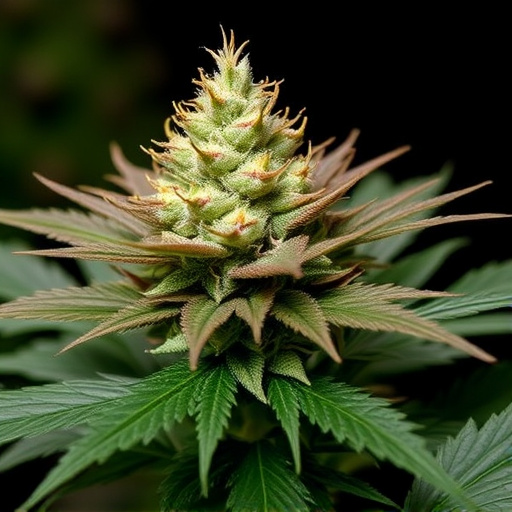
Full-spectrum cannabis refers to a type of cannabis product that includes all the natural compounds found in the plant, including terpenes and other minor cannabinoids. In contrast to isolated cannabinoids, which focus on individual components like THC or CBD, full-spectrum products preserve the complex interplay of these compounds as they occur naturally in the original plant material. Often derived from top 10 strains of cannabis known for their therapeutic properties, these products are gaining popularity among consumers seeking a more holistic approach to wellness. The diverse range of cannabinoids and terpenes present in full-spectrum extracts is believed to work synergistically, enhancing the potential therapeutic benefits and offering a more balanced experience compared to isolated forms.
– Characteristics and Benefits
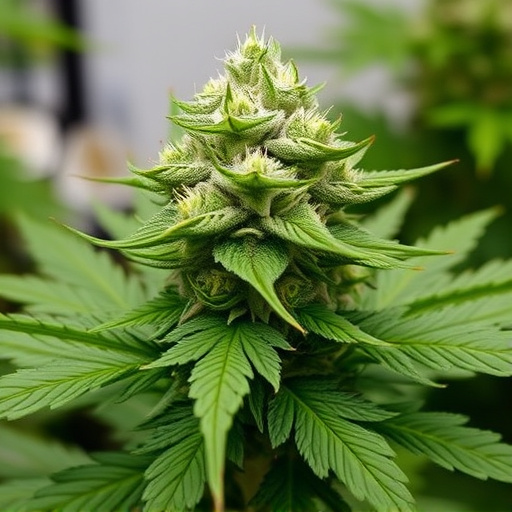
Cannabis consumers often choose between full-spectrum and isolated cannabinoids, each offering unique advantages. Full-spectrum products contain a wide range of cannabinoids, terpenes, and flavonoids naturally found in the cannabis plant. This complex mix can provide what’s known as the “entourage effect,” where various compounds work together to enhance or amplify each other’s effects. It’s like dancing in harmony, where the whole is greater than the sum of its parts. As a result, full-spectrum extracts are often praised for their balanced and multifaceted benefits, appealing to a wide range of users looking for everything from pain relief to improved mood and sleep quality.
In contrast, isolated cannabinoids are single compounds extracted from the plant, such as CBD or THC. While this process removes the entourage effect, it also offers targeted benefits. For example, CBD is renowned for its anti-inflammatory and anxiolytic properties without the psychoactive effects of THC. Users seeking specific solutions, like managing anxiety or achy joints, might opt for isolated forms. With a more precise focus on desired cannabinoids, isolated products can be a game-changer for those looking to target particular ailments, making them a top choice among the top 10 strains of cannabis for specific needs.
When it comes to understanding the benefits of cannabis, whether full-spectrum or isolated cannabinoids are preferred depends on individual needs. Full-spectrum cannabis offers a complex blend of terpenes and other compounds, potentially providing enhanced effects and additional therapeutic advantages. Meanwhile, isolated cannabinoids deliver targeted relief by focusing on specific compounds like CBD or THC. The top 10 strains of cannabis known for their diverse cannabinoid profiles further highlight the allure of both approaches. Ultimately, choosing between full-spectrum and isolated depends on personal preferences and desired outcomes, with each having its merits in the ever-evolving landscape of cannabis consumption.


